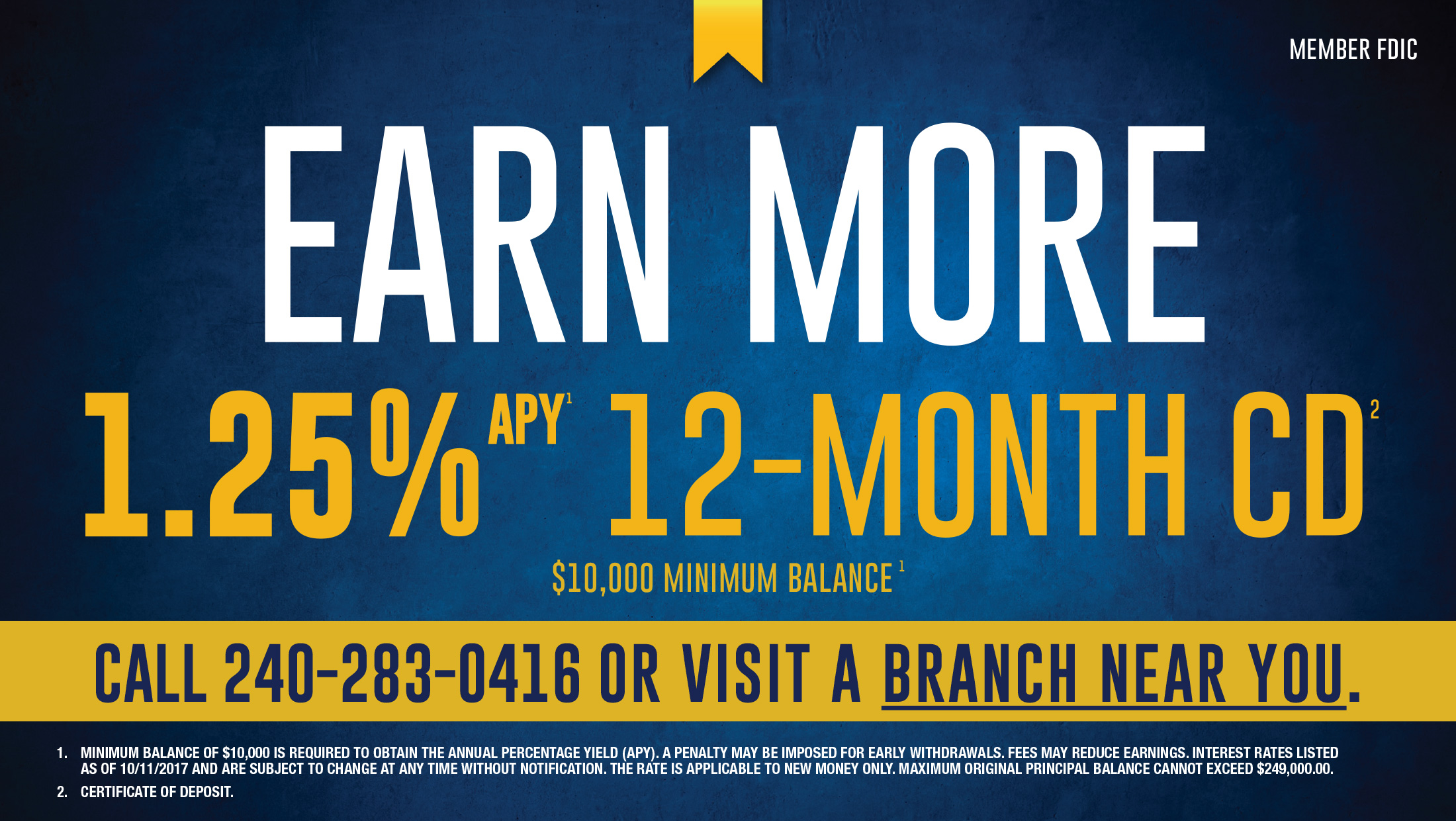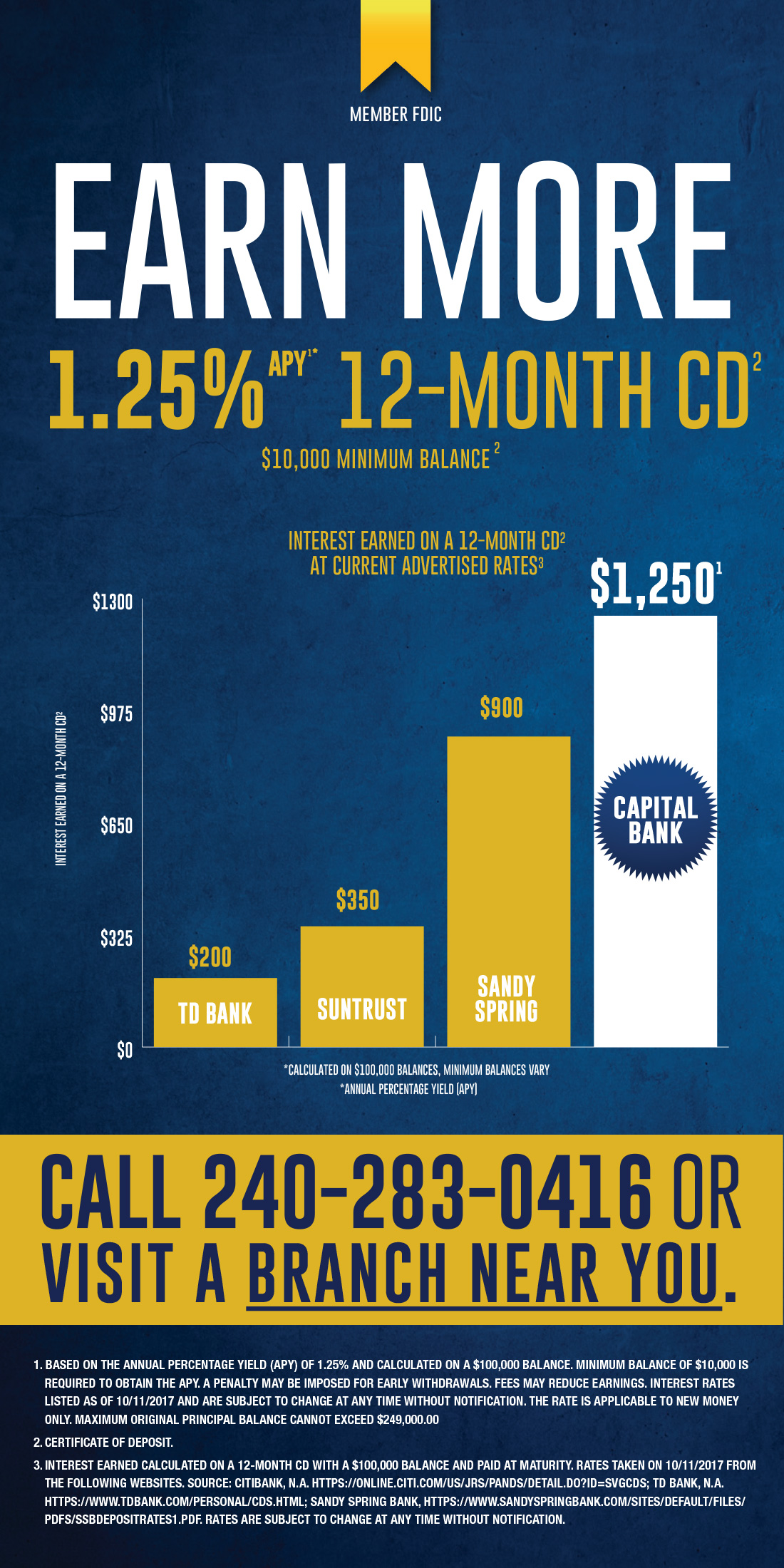
No Surprises: Approach a Business Loan Application with Confidence
Previously, we talked about cash flow and the importance of bridging gaps before they happen. But do you know how to prepare if your business needs to take on debt? Perhaps you want to expand your business, or you’re pursuing other opportunities.
According to a recent report by the Federal Reserve, nearly 60% of small businesses applied for financing in 2017. Of those, 23% were denied financing1. How, then, can you help ensure you’re creditworthy and approved for the loan and amount you need, when you need it?
Have your Financials and Know Key Metrics
When seeking financing, it’s important to come prepared with up-to-date financials. A good outline would be to consider bringing the last two consecutive years of revenue data along with the last three consecutive years of tax information, expenses, assets, liabilities, inventory, , and accounts payable and receivable, among other things. The extra step is to prepare projections of your cash flow needs for the coming two years (minimally) which helps a possible banker or lender evaluate your ability to pay back your loan. Having all of these items in hand at your initial meeting can help save you time and work later on, while demonstrating your knowledge of your business – where it’s been and where it’s going.
Before your banker or lender will commit to a loan, their underwriting department will look at a few key metrics. Among other things they will review:
Earnings Before Interest, Depreciation & Amortization (E.B.I.D.A.): This is a conservative measure of cash flow and provides an idea of how much cash is available to handle the debt. This metric indicates cash-flow by measuring a company’s earnings. E.B.I.D.A. adds interest expenses, depreciation and amortization back to the net income number while taking tax expenses into consideration. To calculate, take operating profit, add the sum of any depreciation and then add the sum of any expenses due to amortization.
Debt Service Coverage Ratio (D.S.C.R.): This metric demonstrates that there’s sufficient cash to cover payments. It’s defined as historic E.B.I.D.A., less cash distributions to shareholders, divided by your total annual debt service obligations for its calculation.
Remember Commonly Forgotten Tax Information
Often business owners will come prepared for a loan meeting with tax returns, but sometimes supplemental tax information is needed down the line. If you have stake or ownership in several businesses, a lender will likely need to see your schedule K1 to assess the performance of all sources of income from the guarantor—even from businesses not involved in the transaction. Knowing your tax status is important too, be sure to have documentation that you’re current on your taxes, as well as your payroll taxes. If you, like many businesses, file for extensions on your taxes you’ll need all of your statements from the prior year. If you’re three months or more into the next year without filing, you should also be prepared with your W-2 and all interim statements.
Discuss Options with a Consultative Banker
GET IN TOUCHWhen Business Gets Personal
Another factor a banker will consider is your personal credit. Credit can be complex, and many business owners are surprised when they learn their personal credit is looked at when securing business financing. Fact is, while nimble and creative lenders can often use compensating factors, like liquidity, additional collateral, great references, or well-established trade lines to overcome credit challenges, personal credit is still important, especially if you’re in the early stages of a business.
Business credit can also play a part. The Nav American Dream Gap Survey2 showed that 45% of small business owners didn’t know they had a business credit score and 82% didn’t know how to interpret their score.
It’s a good idea to start building business credit history as early as possible in the life of your business. Using your Employer Identification Number (EIN), establish trade lines with vendors and suppliers that report to all three bureaus: Dun and Bradstreet, Experian, and Equifax — Equifax being the most commonly run business credit profile. Keep in mind, however, your personal credit score will still come into play. So work toward building your business and a solid business credit score.
Work With a Consultative Banker or Lender
Finding a banker that’s a good fit for your business is also very important. Many larger institutions will offer standard solutions that might not fit your specific companies lending needs or only take on larger businesses. It’s important to find a banking partner that will take the time to learn about your business to best advise you on precisely what’s needed, and then help you determine whether to take on the loan that’s being asked for at face value, or if there’s a better structure or solution that the business owner may have not even thought possible.
Establish banking relationships early. If you know you’re going to need a loan in the future, do your shopping around well before you need financing. Ensuring you’re working with a banker who offers what you need will save you time researching when you’re ready.
Bottom line: preparation, a good credit score — both personal and business — and a consultative banker can help ensure you get the business loan you need, without surprises or delays.
Discuss Options with a Consultative Banker
GET IN TOUCH1 debanked.com https://debanked.com/2018/05/why-small-businesses-sought-financing-in-2017-and-why-they-were-denied



